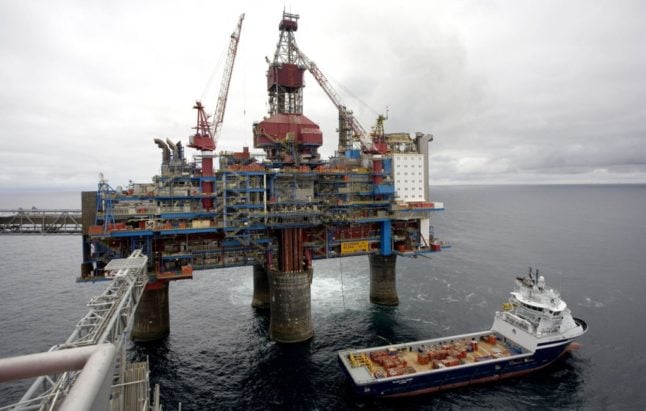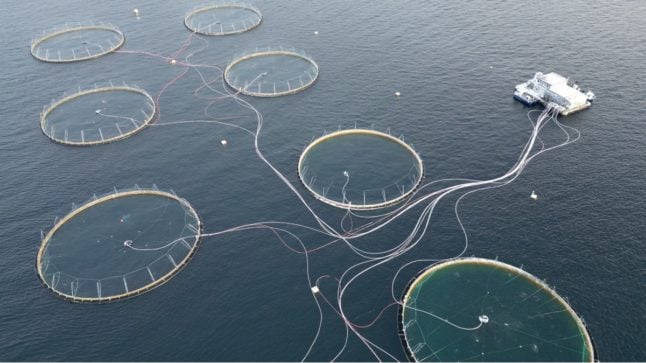“We set a target of net zero emissions by 2050 at the latest for all companies,” Carine Smith Ihenacho, the fund’s chief governance and compliance officer, said while announcing the fund’s new climate action plan.
“We will engage with the companies to reach this target by setting credible preliminary targets and creating plans to reduce their direct and indirect emissions of greenhouse gases,” she added.
According to the IPCC, the UN climate expert panel, achieving carbon neutrality by 2050 is necessary in order to limit global warming to 1.5 degrees Celsius, in line with the goals of the Paris Agreement.
Paradoxically, Norway’s wealth fund is fuelled by the Norwegian government’s oil revenues and it is also known as the oil fund. It is worth more than 12,000 billion Norwegian kroner (nearly $1,200 billion) and holds equity in over 9,000 companies in 70 countries. To date, only about 10 percent of these companies have set a carbon neutrality objective.
The fund’s ambition is to help groups in which it is invested develop a climate plan by maintaining a dialogue with them, using its voting rights at general meetings and, “as a last resort”, divesting its shares, Ihenacho explained at a press conference.
READ MORE: What does Norway do with its oil money?
Governed by a set of ethical rules, the fund is among other things prohibited from investing in companies responsible for serious environmental or climate damage and coal, but it can also drop companies on its own initiative on purely financial merits.
“Sustainability is a prerequisite for good returns in the future,” noted Oystein Borsum, the deputy governor of the Norwegian central bank, which oversees the fund.
The fund has already divested its assets in four companies whose greenhouse gas emissions were deemed excessive. The new plan follows up on the Norwegian government’s decision to strengthen the fund’s climate mandate.
In the first six months of 2022, the fund’s value fell by 1,680 billion kroner, mainly due to turmoil in global stock markets. The only sector to show a positive return was the energy sector, including oil and gas companies, which benefited from soaring prices in the wake of the war in Ukraine.



 Please whitelist us to continue reading.
Please whitelist us to continue reading.
Member comments